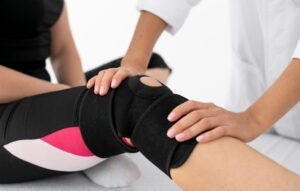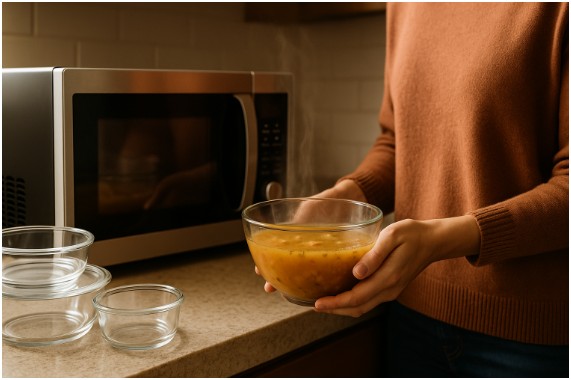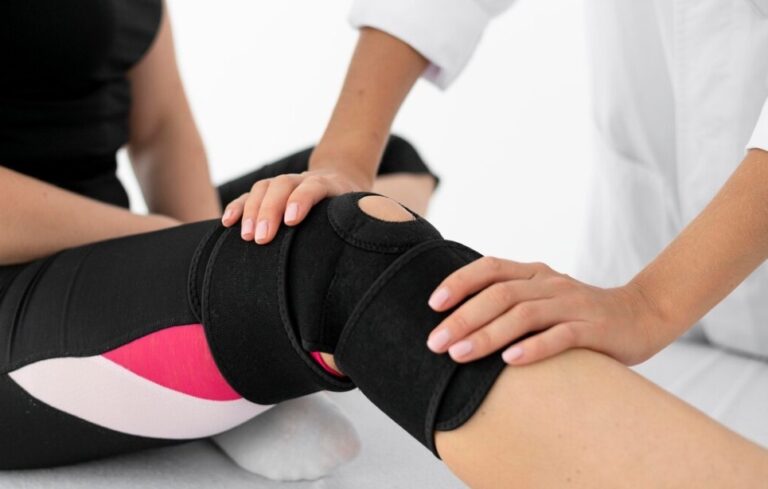I’ll admit it — the first time I microwaved leftover soup in a random glass bowl, I didn’t think twice. Ten seconds later, I heard a faint crack. My heart sank. That’s when I realized not all glass is created equal.
So, can you microwave glass safely? The short answer: yes, but only the right kind. And trust me, learning which types work (and which explode into regret) will save you from both mess and stress.
What Types of Glass Can You Microwave Without Worry?
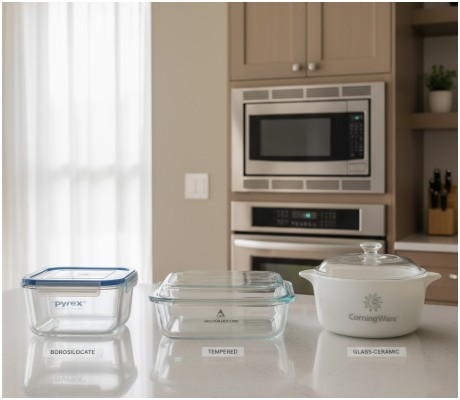
Not every glass container belongs in the microwave. Some are designed to handle heat, while others can’t handle the thermal shock.
Borosilicate glass
Borosilicate glass is my top choice — it’s heat-resistant, durable, and less likely to crack under temperature swings. You’ve probably used it before under brand names like Pyrex or Anchor Hocking. These are perfect for reheating leftovers or even baking dishes that need a microwave reheat.
Tempered glass
Tempered glass (often called safety glass) also works beautifully. It’s strengthened through heat treatment and is commonly used for dishes and bowls labeled microwave safe.
Glass-ceramic
Then there’s glass-ceramic, which can handle extreme temperatures. It’s what some stovetop cookware and microwave plates are made of — sturdy, stable, and stress-free.
If your glass is modern, labeled microwave safe, and free of metal paint or cracks — you’re good to go.
Which Types of Glass Should You Never Microwave?

Here’s where I learned my lesson the hard way. Ordinary, non-tempered glass doesn’t mix well with sudden heat. It can shatter from what’s called thermal shock, where the temperature change causes the glass to expand unevenly.
Antique or vintage glassware — as charming as it looks — wasn’t built for modern microwaves. The old formulations can’t handle quick temperature jumps, especially if they’ve aged or been stored in cool conditions.
And please, stay far away from glass with metallic decorations or trims. That shimmering gold rim may look elegant, but in a microwave, it’s a spark hazard waiting to happen.
| Unsafe Glass Type | Why It’s Unsafe |
| Non-tempered glass | Prone to cracking or shattering due to uneven heat distribution |
| Antique or fragile glass | Not designed for high heat or rapid temperature change |
| Glass with metallic trims or paint | Can spark, damage the microwave, or even cause a fire |
How Can You Tell If Glass Is Microwave-Safe?

If you’re like me, you’ve probably stared at a dish and wondered, “Is this safe or not?” Thankfully, there are a few easy ways to find out.
First, check the bottom of the glass. If you see the words “microwave safe” or a symbol with three wavy lines, you’re in luck — that’s the green light.
But what if there’s no label? Try the water test. Place a microwave-safe cup of water next to your glass item inside the microwave. Heat both on high for one minute.
If the water gets hot but your glass stays cool, it’s safe. If your glass warms up, it’s absorbing heat — which means it’s not microwave-safe.
This simple trick has saved me from several near disasters. Think of it as a safety check before committing your favorite bowl to microwave duty.
What Should You Avoid When Microwaving Glass?
Here’s the thing — even microwave-safe glass can betray you if you’re careless. The biggest enemy is thermal shock. Never take a glass dish straight from the fridge or freezer and stick it in the microwave. The rapid change from cold to hot can cause it to crack or explode.
Also, don’t place hot glass on a cold or wet surface afterward. That sudden cooling can have the same disastrous effect.
Another mistake? Overheating. Glass weakens over time if constantly exposed to extreme heat. I always reheat food in short bursts and stir between intervals. It keeps both the glass and my leftovers happy.
And finally, avoid metal lids or foil covers. Always use a microwave-safe lid or vented plastic wrap instead. It prevents splatters and lets steam escape safely.
How Do You Microwave Glass Safely Every Time?
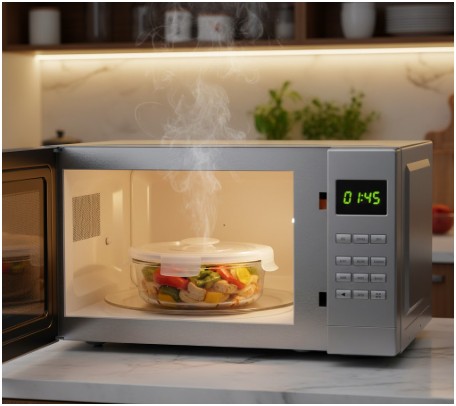
Here’s my foolproof method that keeps both my dishes and meals intact:
- Check for cracks or chips. Even small imperfections can spread under heat.
- Make sure the dish is labeled microwave safe. No guesswork.
- Avoid sudden temperature changes. Let cold glass warm slightly before heating.
- Use a microwave-safe cover. It prevents splatters and allows steam to vent.
- Handle with care afterward. Use oven mitts or a towel when removing hot glass.
Following these small steps can extend the life of your glassware — and keep your microwave in one piece.
FAQs About Microwaving Glass
1. Can you microwave glass jars like mason jars?
Only if they’re labeled microwave-safe. Older mason jars or ones not made for heat can crack due to thermal stress. Always remove metal lids or rings before heating, and avoid freezing-to-microwave transitions.
2. Why did my glass bowl crack in the microwave?
It likely wasn’t microwave-safe or suffered thermal shock from sudden heat. Cracks, chips, or uneven temperatures can make even good glassware fail. Always inspect your dishes before microwaving.
3. Is Pyrex safe to microwave?
Yes! Modern Pyrex is made from borosilicate or tempered glass, both microwave-safe. However, don’t microwave it straight out of the fridge or freezer — let it reach room temperature first.
4. What symbol means microwave safe?
Look for three wavy lines or text that says “microwave safe.” Some manufacturers also include a small microwave icon. When in doubt, do the water test to confirm.
So, Should You Microwave Glass or Play It Safe?
I’ll be honest — I still microwave glass almost every day, but I do it with a little more respect now. If the glass is modern, labeled microwave-safe, and free of cracks or metallic designs, it’s perfectly fine to use. But if it’s old, fancy, or questionable? I’d rather not risk an explosion over leftover pasta.
My final tip? Always test your glass once, and treat it kindly. A little care keeps both your food warm and your dishes unbroken — and trust me, that’s a win for everyone.

